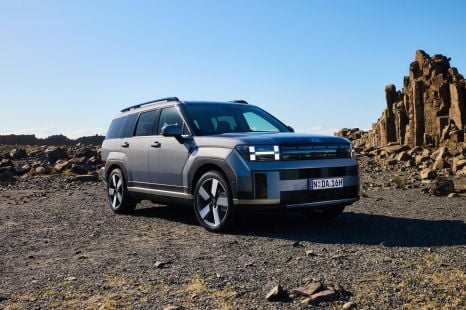

Damion Smy
2026 Hyundai Santa Fe cops $400 price hike, gets digital key along with Tucson
4 Days Ago
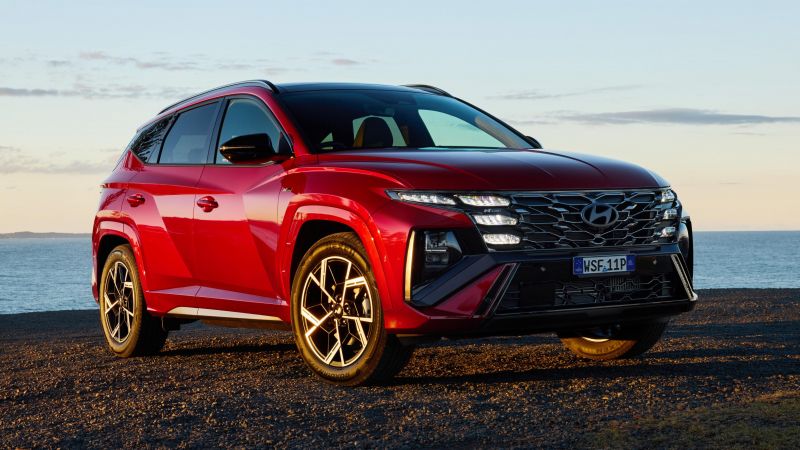
The 2025 Hyundai Tucson arrives in Australian showrooms featuring refreshed styling, a newly available hybrid powertrain, and additional equipment, albeit at higher prices.
The turbo-diesel option has been discontinued, replaced by a new hybrid drivetrain, which is shared with the Kia Sportage and offered in both front- and all-wheel drive configurations. The existing 1.6-litre turbocharged four-cylinder engine is also available in both front- and all-wheel drive versions.
The Tucson’s interior has undergone a significant overhaul, now featuring dual 12.3-inch screens – one for the digital instrument cluster and the other for the infotainment system – along with a head-up display, a new climate control panel, and a revised steering wheel. Externally, the Tucson receives a new front bumper and grille design, and LED headlights are now standard across the range, having previously been exclusive to the top-spec Highlander, which the Premium variant has replaced.
Pricing has increased, with the entry-level Hyundai Tucson starting at $39,100 before on-road costs, representing a $3450 increase over the equivalent pre-facelift model. This price rise also applies to the base Tucson Elite, now priced from $44,100 before on-road costs, while the turbocharged, non-hybrid variants that have carried over have seen a price increase of $3950.
The base 2.0-litre naturally aspirated engine is available only in the entry-level Tucson and mid-range Elite variants. At the same time, the turbo-petrol and hybrid powertrains are offered across all three trim levels.
Base, 2.0L, 6-speed auto, 5-door SUV, Petrol, FWD
From $38,100
Compare the Hyundai Tucson side by side with other cars in its category with any of the cars below.
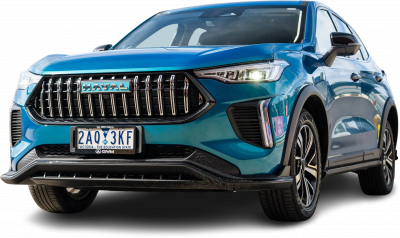
Haval Jolion
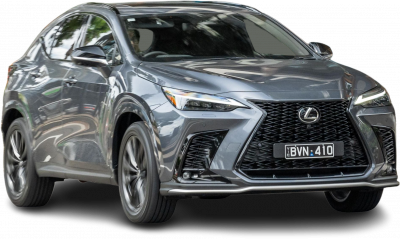
NX
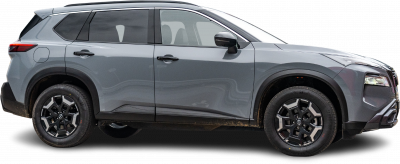
X-Trail
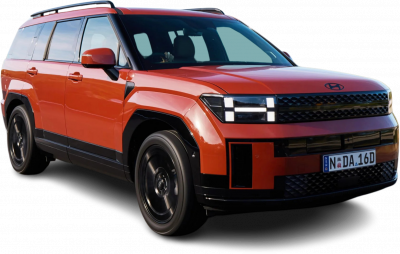
Santa Fe
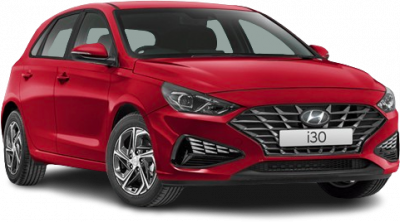
i30
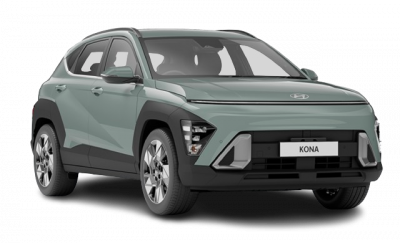
Kona
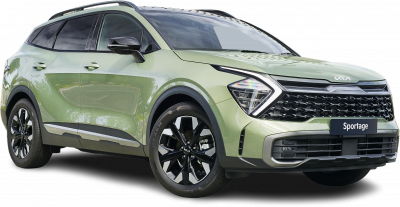
Sportage
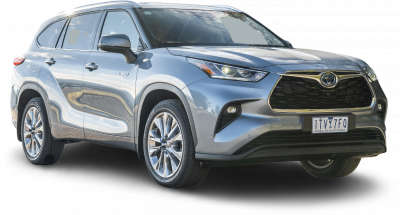
Kluger
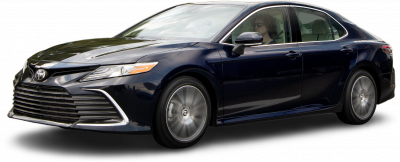
Camry
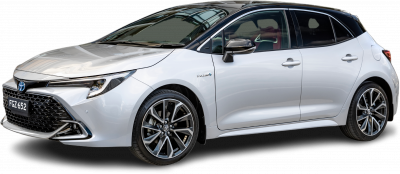
Corolla
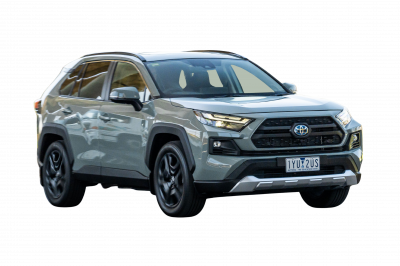
RAV4
Can’t see the car you’re considering?


Damion Smy
4 Days Ago
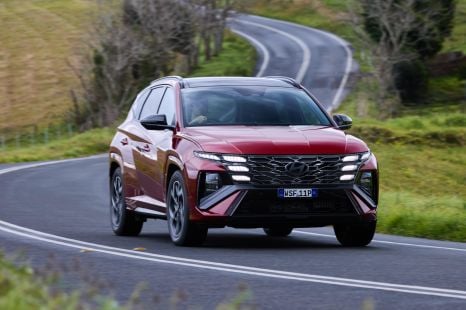

William Stopford
14 Days Ago


Damion Smy
15 Days Ago


James Wong
2 Months Ago


William Stopford
5 Months Ago
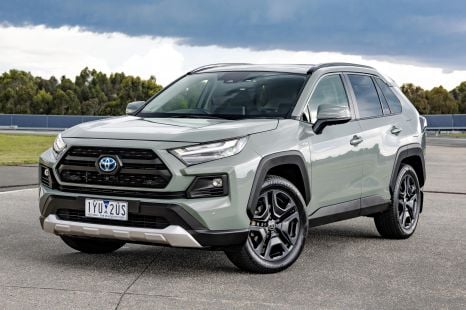

Max Davies
7 Months Ago
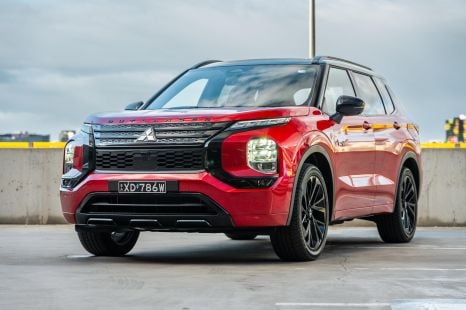

Jack Quick
7 Months Ago
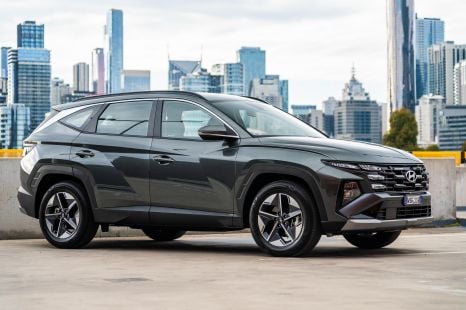

Josh Nevett
9 Months Ago